Notable Sandwiches #131: Panuozzo

Welcome back to Notable Sandwiches, the feature where David and I invite you to pull up a table at the moveable feast that is Wikipedia’s List of Notable Sandwiches, in alphabetical order. This week: a Neapolitan specialty, the panuozzo.
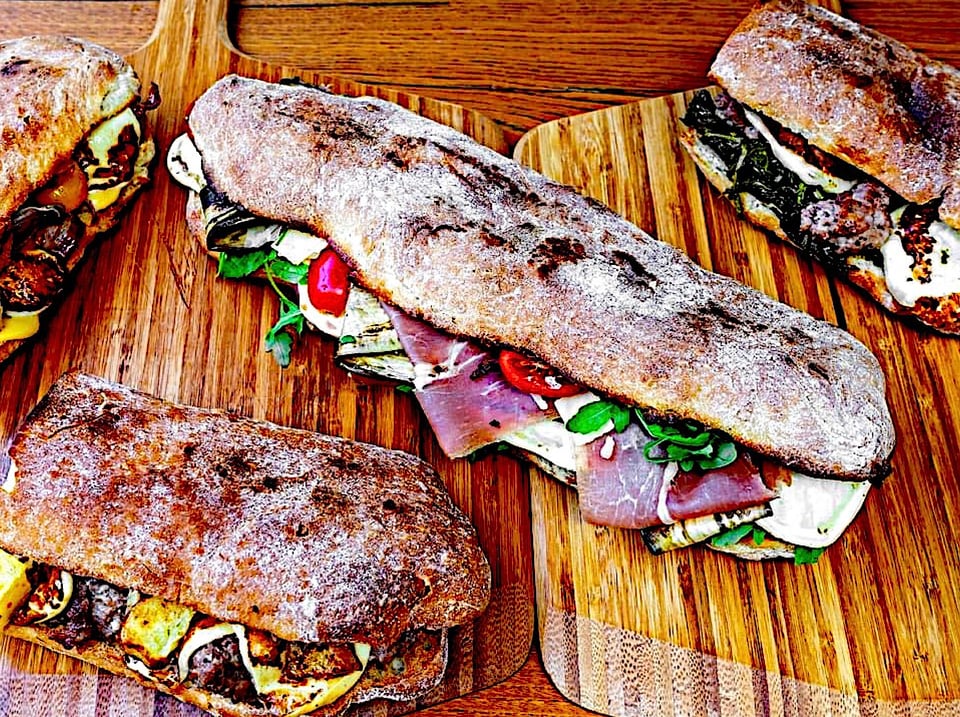
In my fledgling career as a food writer, I have skirted as delicately as I can, the matter of taste. In both senses of the word.
Frankly, I’ve never seen the point of endless, heated arguments about the superiority of one region’s pizza or sandwich or cheese dish over another—besides the fact that they offer literal food for argument that isn’t (at least before the beef gets too heated) based in any kind of more serious bigotry than a pride in one’s hometown, or a particularly deep-rooted affection or detestation of a particular dish. So I’ve merrily ignored hoary and well-peopled Internet arguments about, say, whether candy corn is ambrosia or Satan’s pelletish excreta, or the endless Chicago-versus-New-York pizza wars. My general feeling—as by the credo that every grilled cheese is the perfect grilled cheese—is that if you enjoy it, if it brings you genuine pleasure, then it is something that belongs in your life, and I’m not going to fight you about it. Why would I, when I can instead revel in the fact that humble things bring people genuine enjoyment in such a bad world?
But I am still, alas, human. And I have my own tastes. When writing about these sandwiches I’ve tended to veer sideways in lieu of expressing them—delving into history, say, or unlikely regional interplays, or philosophical side quests, and so on. (This has been occasionally challenging—overcoming the visceral grossness of bologna-salad sandwiches, chipped beef, etc. has been a little death of the author of which Barthes would be proud.) But I have to admit to you something, something which will launch me headfirst into the endless seething food wars of the Internet:
I don’t particularly like pizza crust.
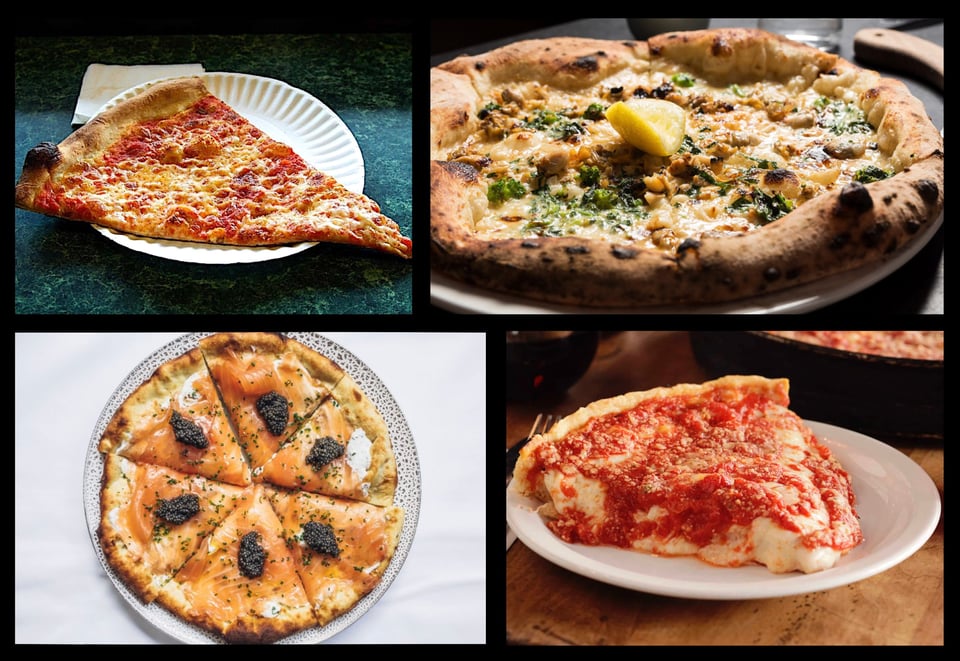
Now I am a New Yorker, which means that pizza in all its varieties—from the fig-and-prosciutto personal pie to the greasy 99 cent slice—plays an outsize role in my life. Practically every debauch or friendly gathering I’ve engaged in since I moved here in 2013 has been punctuated by pizza; being neither lactose nor gluten intolerant, I’ve had no reason to beg off, just left a plate littered with doughy crusts, which are sometimes snatched up by other partygoers (to my satisfaction), and other times swept into the trash.
I admit it: when it comes to pizza crust, I like mine the way the Victorians liked their women—flat, unassuming, and there only to serve without asserting itself. A little layer of thin crisp to buoy up the sauce, cheese et cetera, sure: something you can tap with a nail and hear the little shattery sound of good baking. (This, luckily, is generally the New York style, also admirably present in the Chicago tavern cut.) But the big, plump, breadsticky crust at the edge of the slice has never been my thing. It’s something to be avoided, given away, or ignored. And when the crust is thicker, with that raw-dough glueyness I despise, I tend to pick my toppings off as unobtrusively as possible, and comfort myself with cheese.
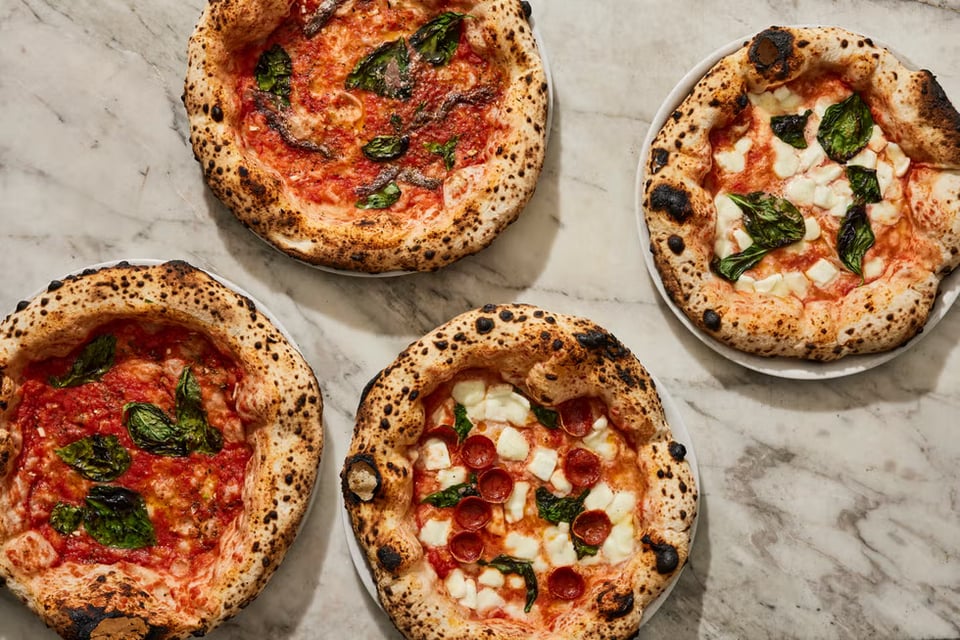
I don’t enjoy sharing these narcissistic tidbits with you. (Unless you, too, have been holding your hatred for pizza crust as a shameful secret, in which case know you are not alone.) I don’t think it’s the role of a food writer to say what’s good and what isn’t; or at least, I’d rather be the type that tells you what’s unexpected, finds the historical marvel in the humble. I don’t want to wield the authorial voice as a hammer. I want it to be an archaeologist’s brush, revealing what was always there under the dust.
But then I encountered the panuozzo. For one thing, it doesn’t have much of a story behind it. It was invented by a pizzaiolo named Giuseppe Mascolo, of the comune of Gragnano, near Naples. In 1983, Mascolo, infatuated by his own Neapolitan pizza dough (Neapolitan-style pizza crust being thick, bubbly, cold-fermented and with the trademark charring of a wood-fired oven), decided that it could serve even better as sandwich bread.
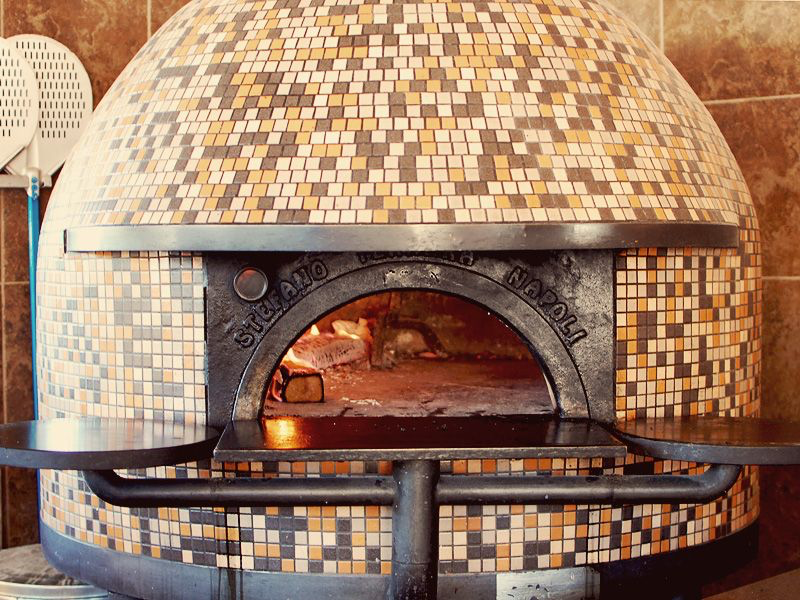
In other words: he so adored pizza crust that he decided to make a pizza-crust sandwich. And he, along with legions of imitators, has been doing so ever since, with fillings that range from the typical Italian cured meats and fresh cheeses to greens like salsiccia and broccoli rabe. All of which sounds delicious, except… the medium. To me! Just to me! I don’t object if your mouth is watering. I’m delighted if your mouth is watering!
The Sword and the Sandwich is a newsletter about deadly serious extremism and serious sandwiches. Please consider supporting this work with
a paid subscription.
But I got blocked at the idea of writing about this sandwich because my initial response was why would anyone possibly create such a monstrosity? Why would you double and treble my mortal enemy and revel in it? And then make me write about it! I raged at the universe. Yes, Neapolitan pizza crust is excellent if you like the species: it’s got funkiness and char, and I can even see why this infatuated pizzaiolo, perhaps after having inhaled too much woodsmoke, got it into his head to use it as bread in the first place. The idea has proliferated throughout Naples and beyond, so clearly others agree. It’s left to me to be the grumpy pizza Scrooge in the corner, stripping the sandwich to the fillings and leaving the unholy crust-bread crossover to its own devices.
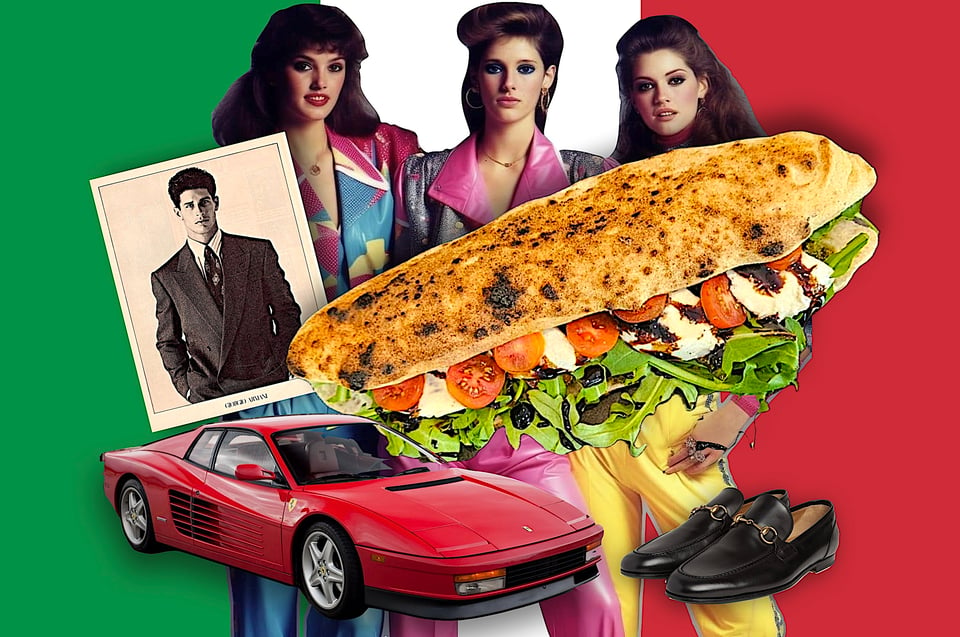
It even makes sense that it arose in the 1980s, along with other modern Italian cuisine classics like ciabatta bread. It was the tail end of the terrible Years of Lead, and as discussed just last week in our panini column, Italy wanted to shake off the blood and dive headfirst into hedonism. It was the time of the rise of Versace, Gucci, Armani: when Milan challenged Paris for headship of the fashion world. When Italian food went from homely immigrant fare to hot stuff, around the world, and prosciutto-wrapped figs drizzled with balsamic vinegar were the height of fashion on the Continent and across the Atlantic. Why not innovate, separate the pizza from the dough, create something new and delicious and fantastic? Why not come out with the panuozzo?
Far be it from me to decry such a spirit, even if I argue with its results. I’m hardly an expert in 1980s Italian politics, although the sheer amount of prime ministers—Italy had eight in the 1980s, including one who eventually fled to Tunis to escape imprisonment for corruption—argues for an unsettled land, a live-in-the-moment ethos of hedonism serving as a reaction to the very tremors of any given moment. If out of such a mire grew the most beautiful clothes, and the tastiest of aperitifs, and a culture in which fritto misto and carciofi were finally given the respect they deserved, isn’t that a good thing? Isn’t a scrappy pizzaiolo refining his art, and creating a sandwich, and founding a legacy, a good thing? And if people enjoy it, isn’t it a good thing?
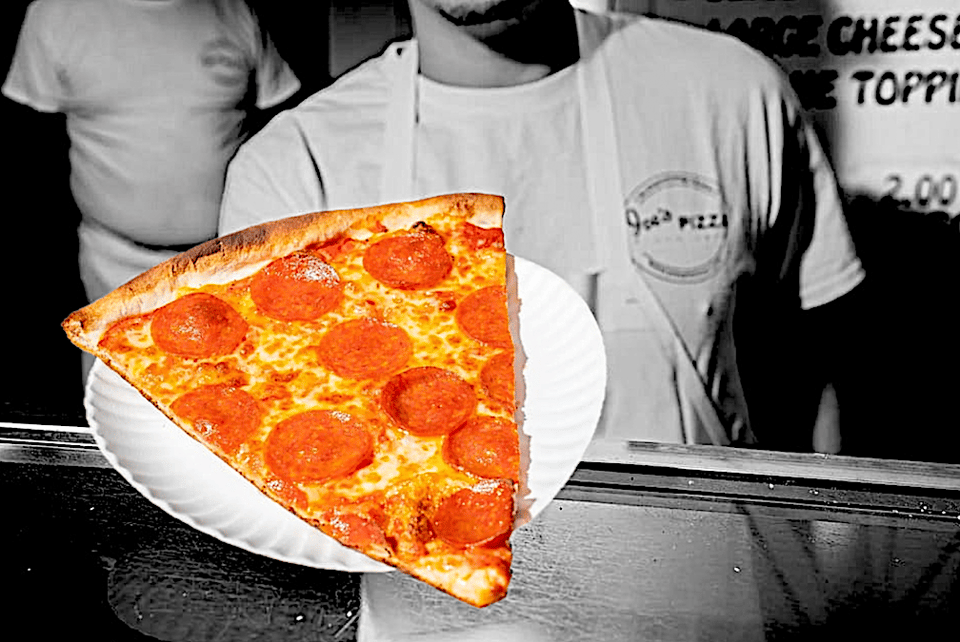
Let the author die to herself; let her pick up the hot crust, smell the yeast and smoke, take a giant bite, and call it good. At the end of the day, the unfolding sandwich chronicles aren’t a story about taste. Least of all mine. They’re a story about sandwiches, and all the unlikely, and delicious, and miraculous, and humble things contained within, or in this case, in the grain of the bread itself, cold-fermented, twice-fired, shaped by flame in unique and irreproducible ways. Let the pizza crust flow, while I sit back, enlightened, and in turn, do my best to enlighten you. Buon appetito!

-
Oh, sweet baby Jesus, you mentioned Bologna salad, the most nightmarish school lunch of all, during my late 70s childhood. My mom used to buy it at the butcher shop, from the deli meats/cheese counter, because both she and my dad liked it. Mercifully, she didn’t make me eat it, because the smell alone made me feel like barfing. The panuozzo sounds great, though!
-
I used to love when I happened to share a pizza with a fellow crust-averse diner and our meal would end with a full circle of pizza-less crust ringing the empty pizza pan on the table. So geometrically satisfying. But then I met a person who also didn't eat the crust — at first. After they'd had their fill of pizza they would return to their crusts and eat them with butter. It is pretty good that way. I eat crust that way sometimes. And then I met another person who dunked little bites of pizza crust in their glass of red wine. Turns out that's pretty yummy too. I eat crust that way sometimes too. Or sometimes I do both! This is growth.
My wife saves her crusts until she's done with the pizza and then pours honey on them and eats them, so there's another option for folks to try!
Interesting!
Add a comment: